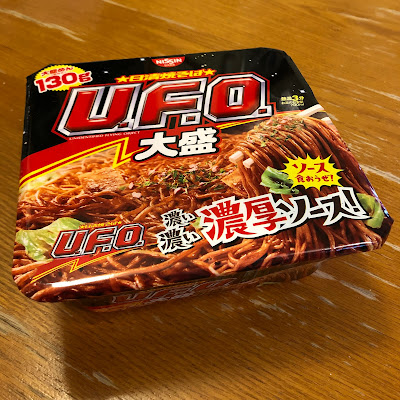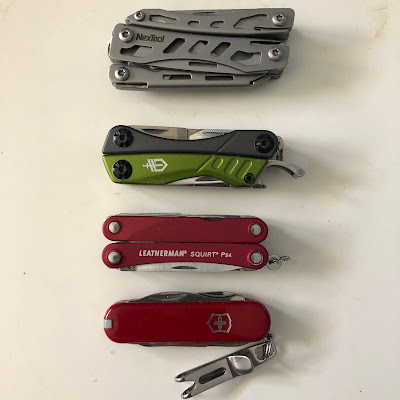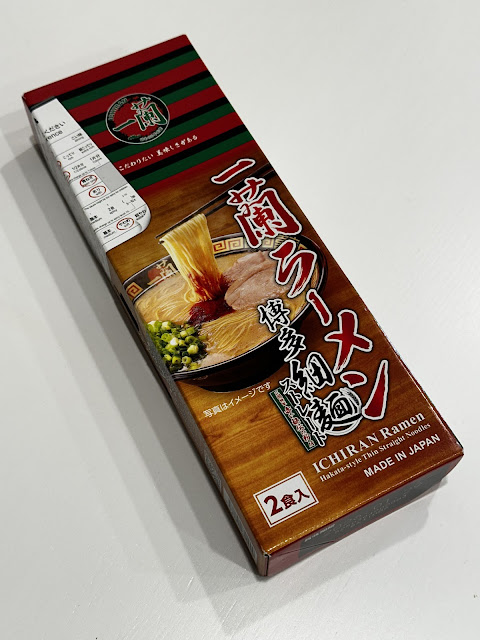Shinto Shrine Etiquette and Anime (Lucky Star Washinomiya Shrine)
What are the most common rituals at a Japanese Shinto shrine that you see in your anime? The Shinto shrine and mythology are commonly incorporated into many anime which is kind of cool. In fact, the anime Lucky Star made the Washinomiya Shrine famous, as two of its characters were Shrine Maidens there, and it now has regular festivals to attract the fans of the show. The new year for 2013 even drew 470,000 visitors to the shrine in the first three days due to the anime linkage. Wow! Ryohoji Temple, an ancient shrine, has also gone Moe and has many otaku themed events and a mascot in Bensaiten, the goddess of entertainment. The Shinto shrine even appears in the video game Persona 4 so you can establish a link with a fox guardian and fulfill ema wish requests! Also in anime, don't forget the expected summer festival episode that will usually happen on shrine grounds. There is always a summer festival! For more anime featuring shrines, check this link. Now onto the etiquette portion.
The Main Torii Gate at the Front Entrance
Bow before passing through the Torii Gate to show respect for the Gods of the shrine. Don't walk in the centre line of the approach as that is for the gods. The main avenue is called Sei-chu for the passage of Gods, so you should walk at the sides of the torii gate and avenue beyond it. Often the torii gates are an orangish red (vermillion) in color along with the shrine buildings because the color is believed to ward off evil.
Purification at the Temizu
When entering the grounds of a Shinto shrine a symbolic cleansing called temizu to purify the hands should be performed. This purification should be done before visiting the central shrine to clean the body and mind.
Every shrine provides a stone basin called a temizuya filled with water and provides wooden ladles to scoop the water. You do not wash your mouth directly from scoop.
In front of the building with the big rope there will be a wooden offertory box called a Saisenbako for coin offerings. The box will have a metallic grid so the coins thrown in will make a loud noise. There is no specific monetary amount to offer, as it is your wish and belief in the deity that is important.
1. Toss your coin(s) into the offertory box.
2. Ring bell with the large red/white rope to call the god into the shrine.
3. Do two deep bows.
4. Make your wish in your heart.
5. Now clap twice.
6. Make one more deep bow.
You can purchase an omamori or lucky charm at a shrine. Each type has a different benefit. Common benefits are traffic safety, family safety, business success, educational success, safe childbirth, good health. You are not supposed to open the charms as you lose the benefit. I talked about lucky charms for IT (information technology) folks at this other shrine in Akihabara here.
You can also purchase paper fortunes (omikuji) or wish plaques (ema). For the fortunes, there are usually these cylindrical containers with little sticks inside with a number on each one. Pay the attendant, pick up the container, shake it until a stick comes out. The attendant gives you the paper fortune matching the number. If the fortune is bad you can tie them to a tree branch or a designated place to for the Shrine's God to dispel the bad luck. If it is good luck you take the fortune home with you.
People also make wishes on ema, or wooden plaques which are hung for the Gods to see and fulfill.
Shimenawa ropes of rice straw or hemp are used for ritual purification in Shinto. They can act as wards against evil spirits, show the boundaries of a sacred space, and can be found wrapped around trees or rocks that house spirits. Often, white zigzag paper strips (shide) are hung from them to enhance their power.
For more information on Shinto Shrines check out.
Some shrine visits.
Follow me on Twitter a @Tostzilla or my feedburner.
More cup noodle / instant ramen reviews and Japanese pop culture.
The Main Torii Gate at the Front Entrance
 |
| Meiji Shrine Main Torii by Parking Lot |
Purification at the Temizu
When entering the grounds of a Shinto shrine a symbolic cleansing called temizu to purify the hands should be performed. This purification should be done before visiting the central shrine to clean the body and mind.
Every shrine provides a stone basin called a temizuya filled with water and provides wooden ladles to scoop the water. You do not wash your mouth directly from scoop.
- Pickup a water ladle with your right hand.
- Scoop some water and pour water over your left hand.
- Switch the ladle to your left hand and rinse the right hand.
- Now switch the ladle back on right hand. Cup your left hand, pour water into it, then rinse your mouth.
- Then rinse your left hand again and you are done.
In front of the building with the big rope there will be a wooden offertory box called a Saisenbako for coin offerings. The box will have a metallic grid so the coins thrown in will make a loud noise. There is no specific monetary amount to offer, as it is your wish and belief in the deity that is important.
1. Toss your coin(s) into the offertory box.
2. Ring bell with the large red/white rope to call the god into the shrine.
3. Do two deep bows.
4. Make your wish in your heart.
5. Now clap twice.
6. Make one more deep bow.
 |
| A small shrine guarded by foxes. Leave some inari for the fox spirit! |
You can also purchase paper fortunes (omikuji) or wish plaques (ema). For the fortunes, there are usually these cylindrical containers with little sticks inside with a number on each one. Pay the attendant, pick up the container, shake it until a stick comes out. The attendant gives you the paper fortune matching the number. If the fortune is bad you can tie them to a tree branch or a designated place to for the Shrine's God to dispel the bad luck. If it is good luck you take the fortune home with you.
 |
| Bad luck fortunes disposed of here! |
 |
| Ema Plaques |
 |
| Shimenawa rope with shide hanging from it. |
For more information on Shinto Shrines check out.
- http://www.onmarkproductions.com/html/shrine-guide-2.shtml
- http://en.wikipedia.org/wiki/Shinto_shrine
Some shrine visits.
- Sensoji Temple and Nakamise Dori Visit
- Shinto Shrine Etiquette and Anime (Lucky Star Washinomiya Shrine)
- Meiji Jingu - The Imperial Shrine
- Kanda Myojin, The Love Live Shrine in Akihabara
- Atago Shrine and Toranomon Hills in Shimbashi
- Asakusa Tori No Ichi Shrine Festival
- Fushimi Inari Shrine Visit - A Shinto Fairy Tale
- Sensoji Temple
| The Tokyo Intro Quartet of Urban Fantasy Stories |
| Neko Astray Help a lost cat find its way home in Tokyo with unusual help. Urban Fantasy, Shrines, Cats |
| Print in Time An Edo period ukiyo-e artist finds himself out of his own time. Urban Fantasy, Time Travel, Ukiyo-e |
| Animated in Akiba An otaku fairy tale set in the anime Mecca of Akihabara. Urban Fantasy, Anime Fans, Magical Girl |
| Kaiju Knocking Tourist meets Kaiju in Tokyo, their favourite stomping ground. Science Fiction, Monster, Ginza |
More cup noodle / instant ramen reviews and Japanese pop culture.

















Comments
Post a Comment